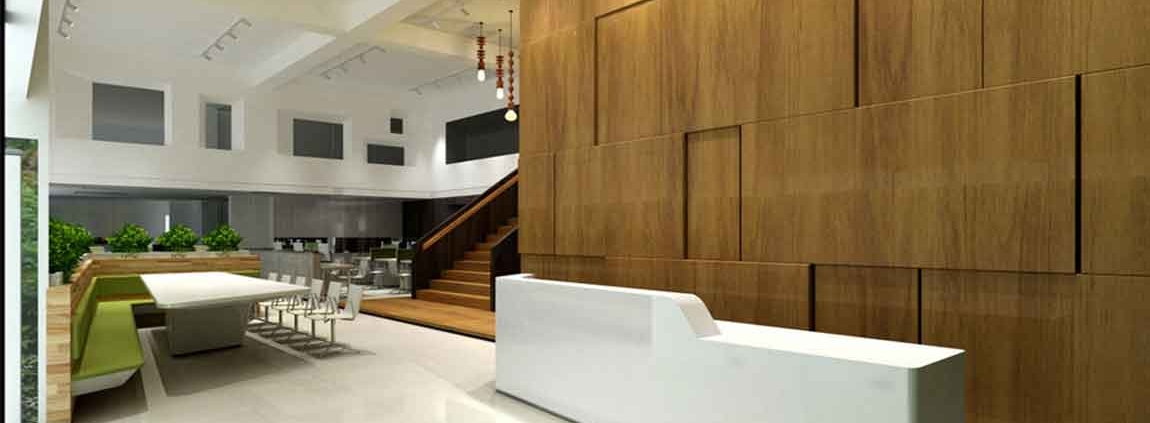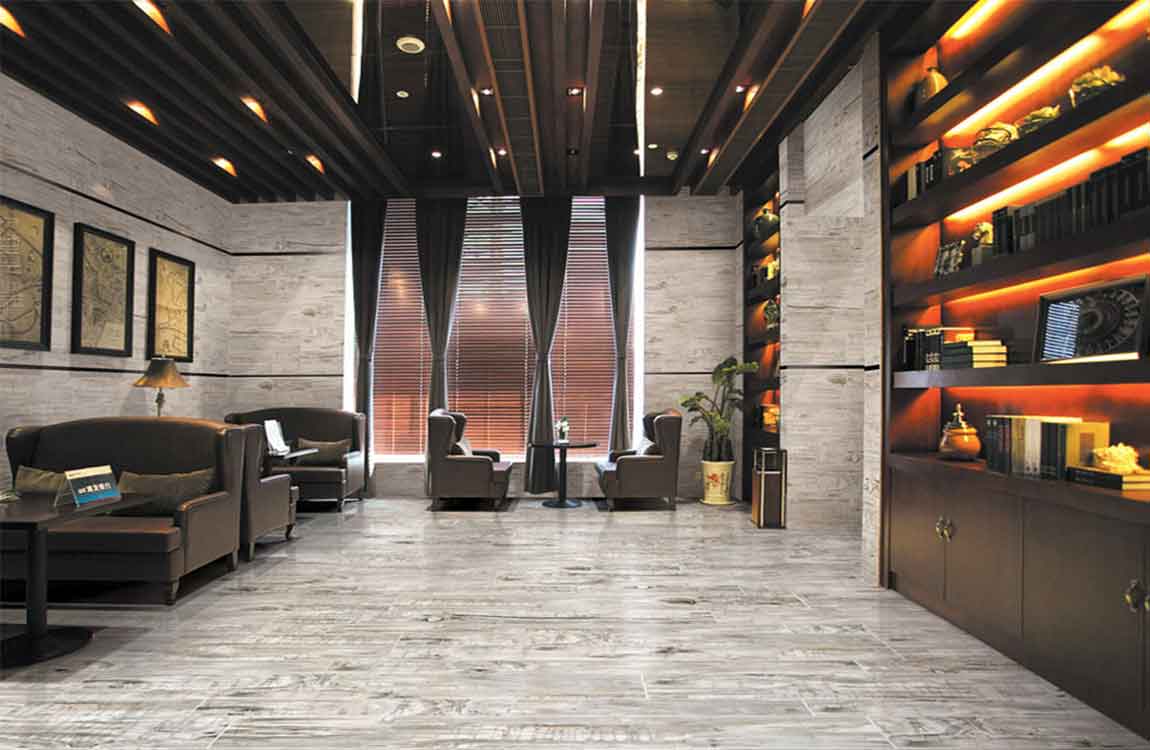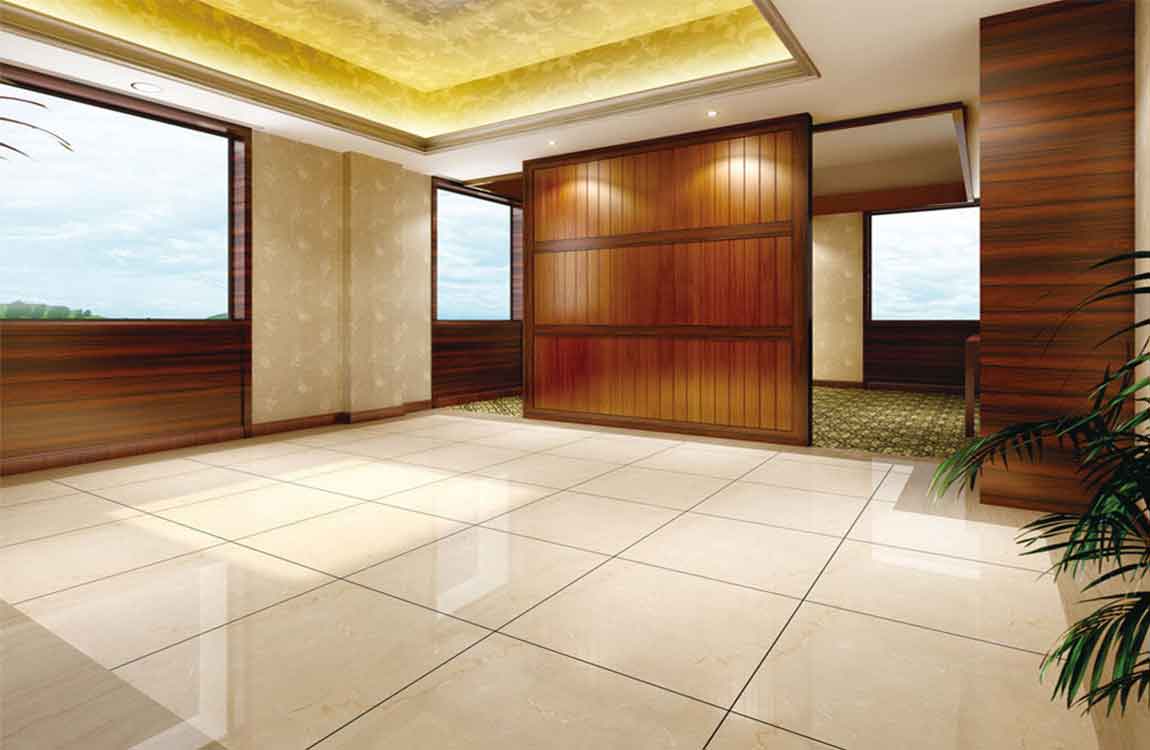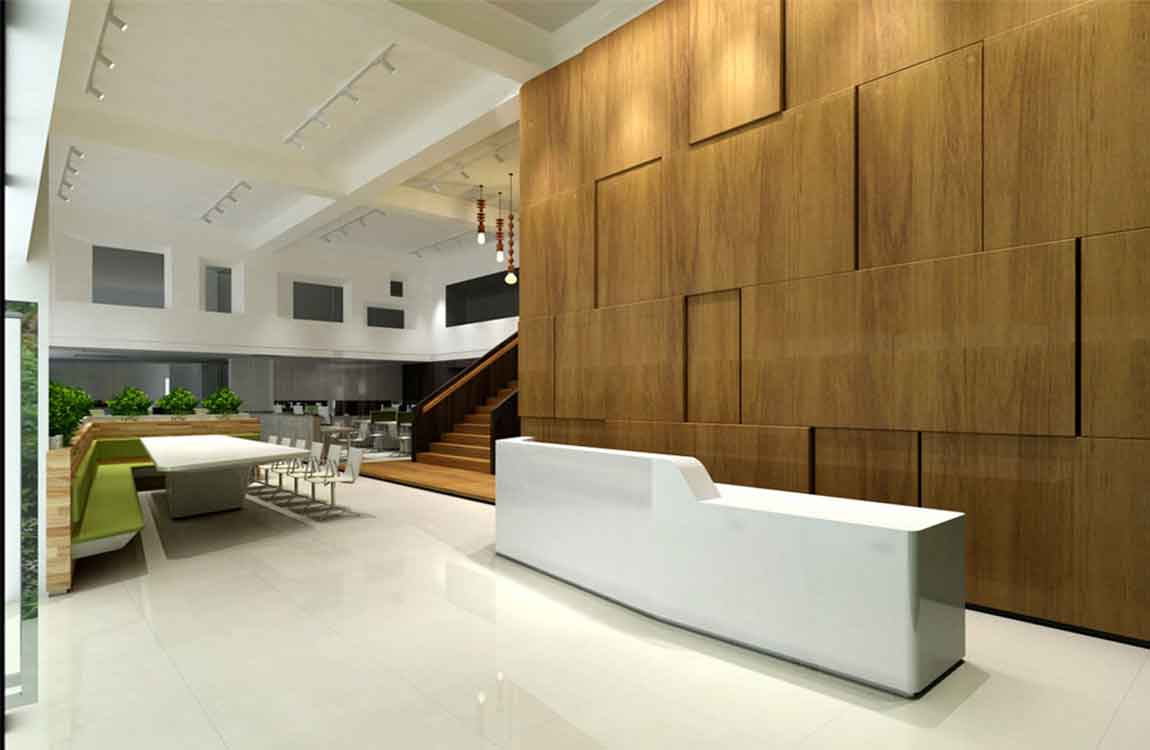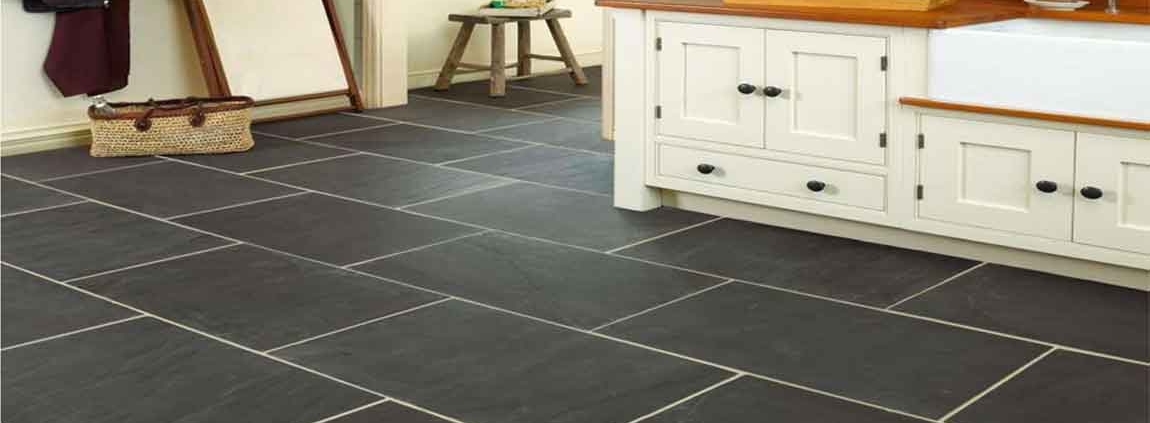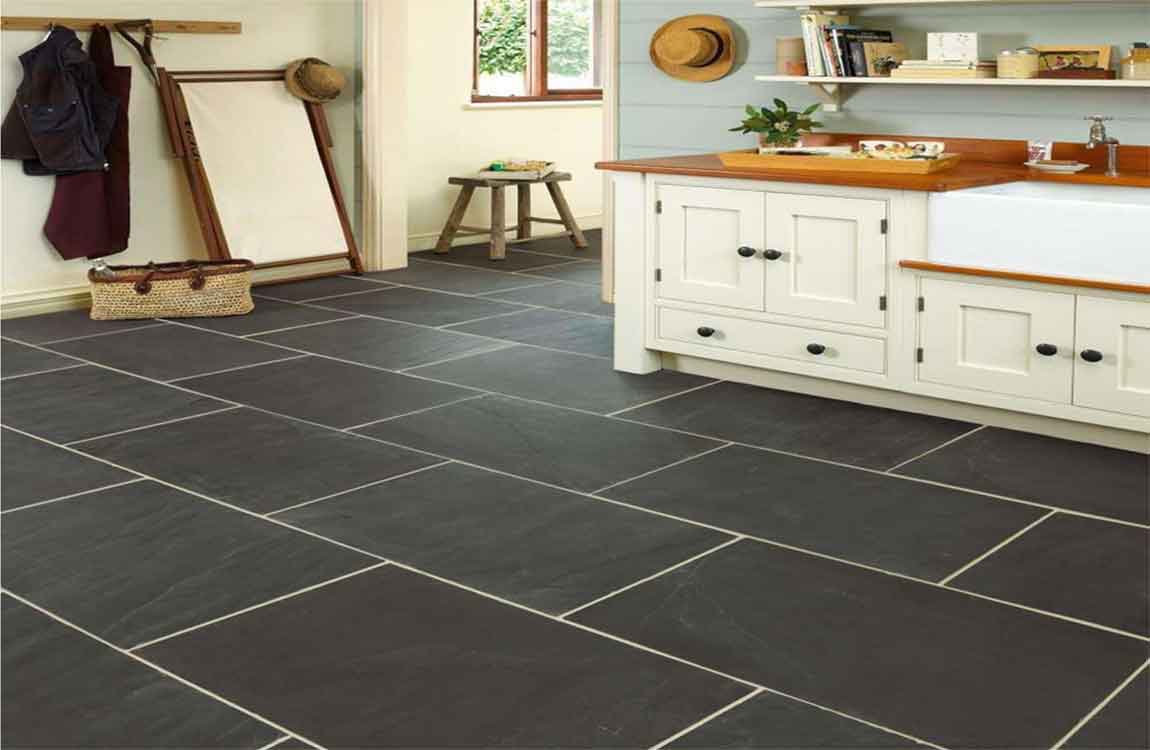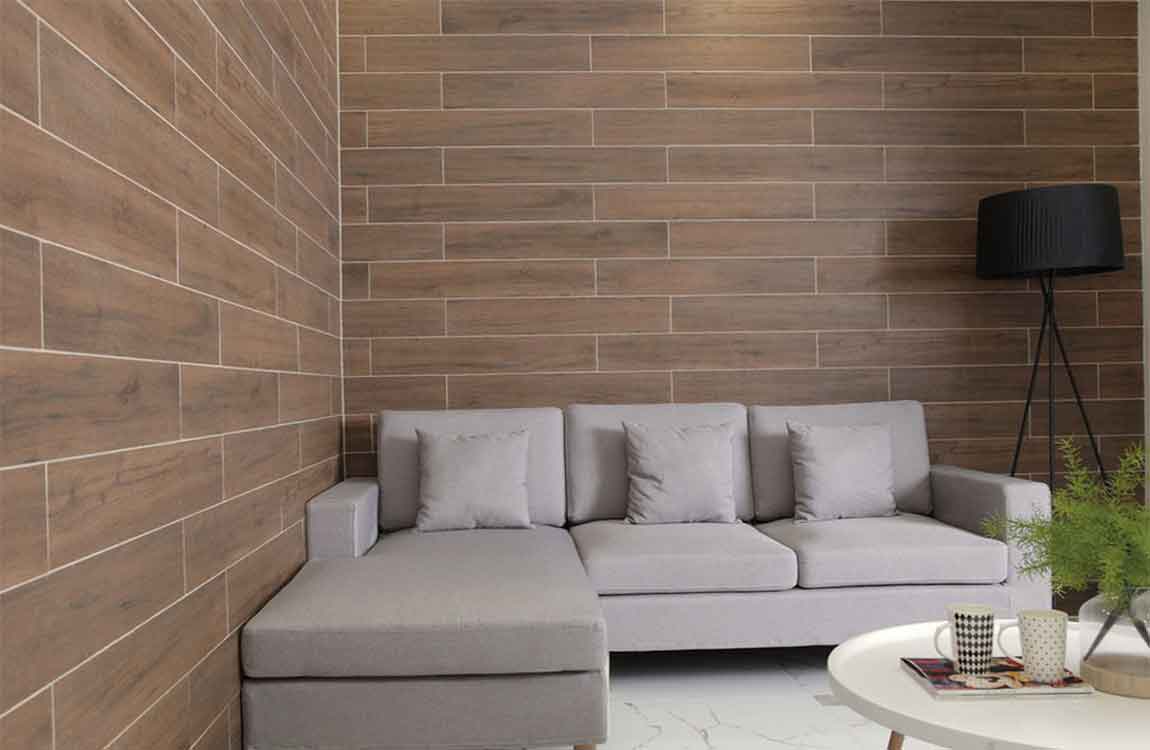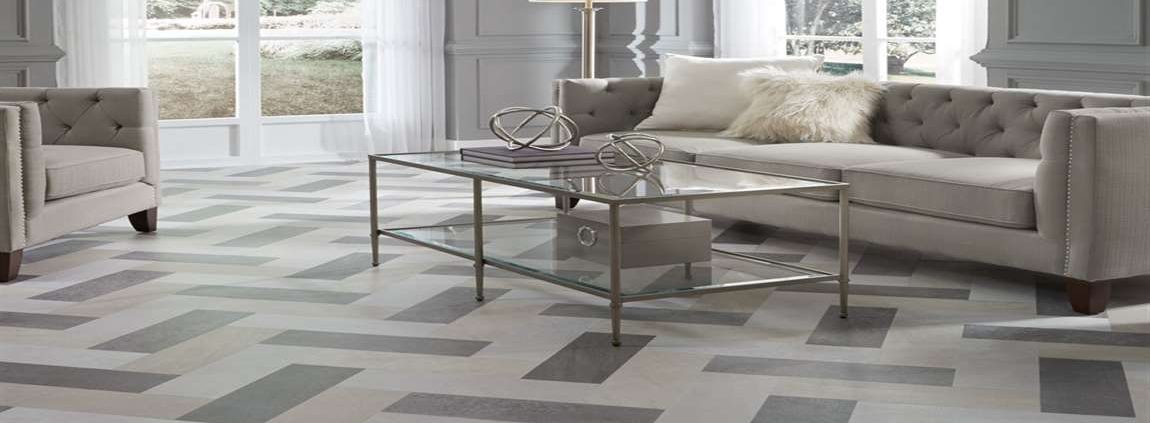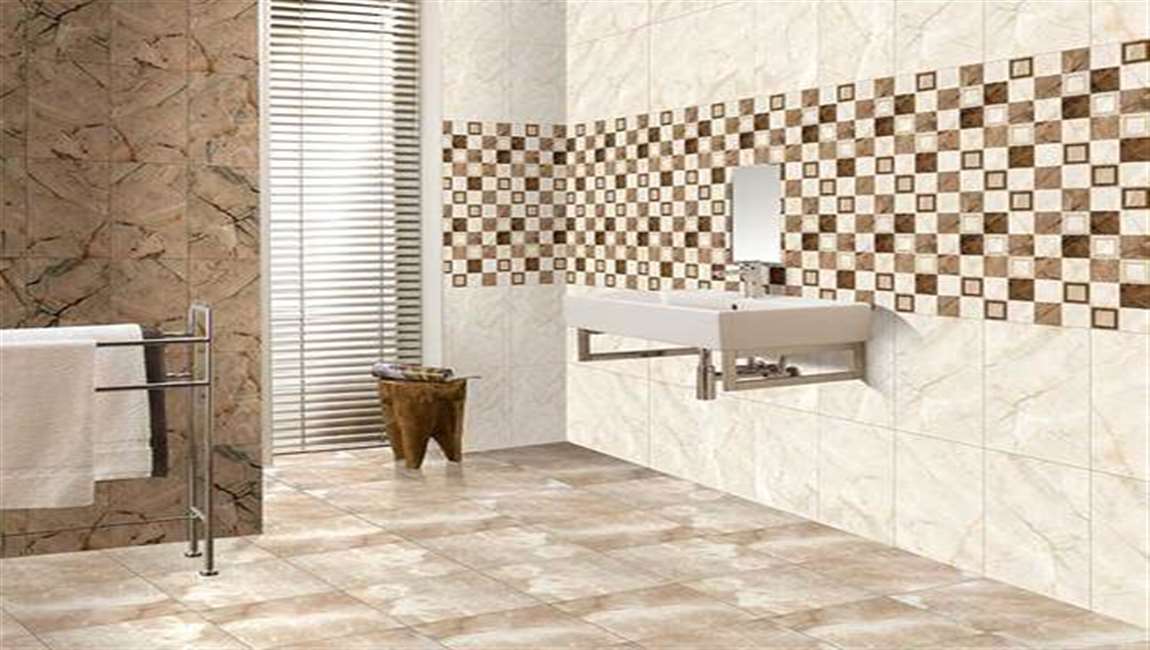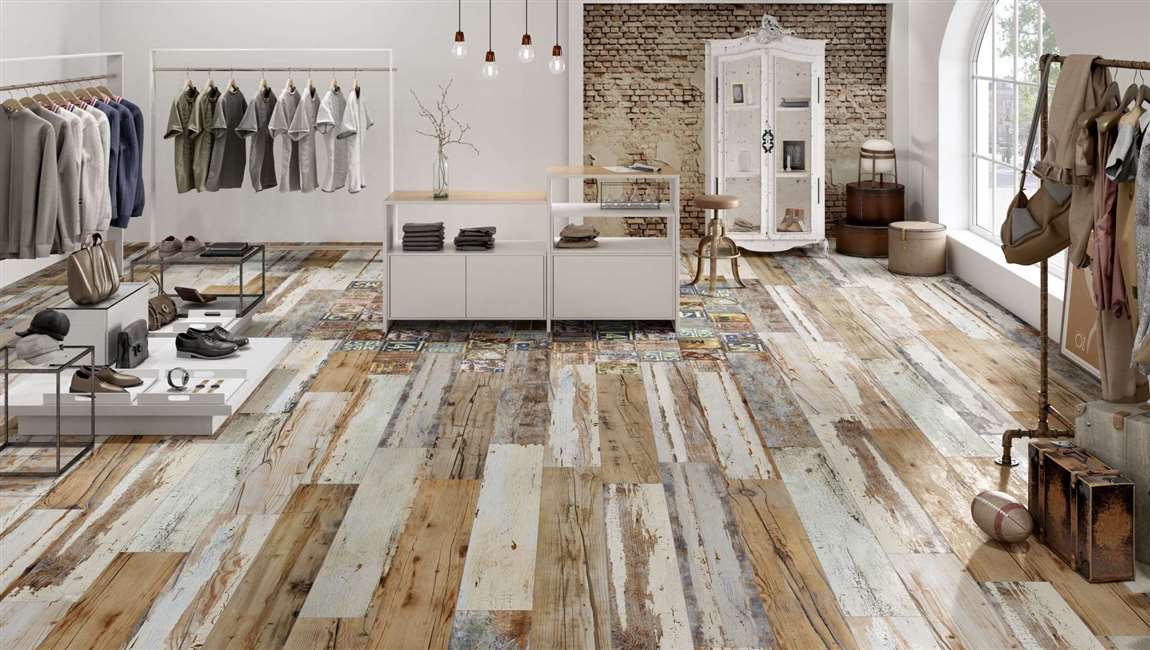How Tackling Tough Interior Stains?
Blot up spills right away. Use a clean, dry towel to pick up any spills on your sandstone tiles. Be sure to dab and blot the area instead of wiping it. Wiping the spill around can create a larger stain by moving the food or liquid around the area. Most liquids can stain your sandstone tiles but some that are particularly bad include wine, fruit juices, and coffee.
Avoid the use of cleaners that contain harsh chemicals and abrasives. sandstone tiles is a very porous stone and it can be discolored and damaged by a wide variety of cleaning products. In particular, acidic cleaners can discolor the surface permanently. Tip: sandstone tiles is prone to discoloration and it can’t be cleaned with the common cleaners you use in other parts of your house.
Thus, if you are looking for a surface for your tiles or flooring that is strong and can take a beating, sandstone tiles is not for you. Make a baking soda paste if plain water can’t get a spot off. It’s easy to make a great alkaline sandstone tiles cleaner by mixing up a paste of baking soda and water. Put a couple of tablespoons of baking soda in a small bowl and mix in a few drops of water.
Stir the mixture with a spoon and keep adding water until the mixture is a thick paste. You can also buy specific natural stone-cleaning products online or at many home improvement and hardware stores. However, a simple baking soda paste is likely to work just as well. Apply the paste to the stain and scrub it with a soft-bristled brush.
Smear the paste onto the stain on the stone with the spoon you used for mixing. Let it sit on the surface for about 15 minutes. Then scrub the surface with a soft brush. You can use a variety of types of brushes, including a home cleaning brush, a nail brush or an old toothbrush. Wipe the paste off with a clean, damp cloth.

